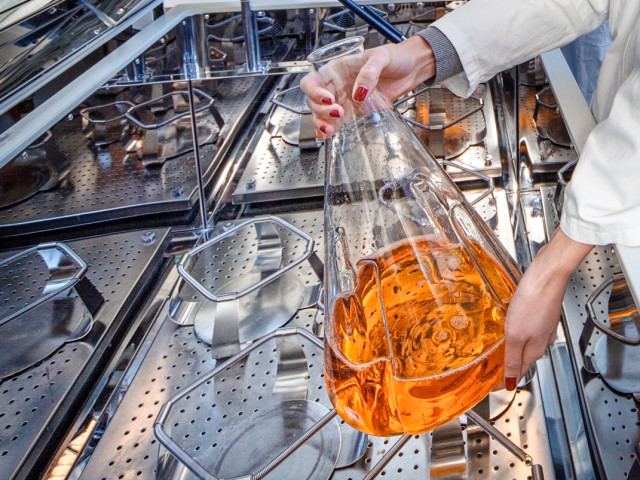- Basiccoordinationchemistryofmetalsandceramics
- Determinationofsolidsstructures, practical useofdatabases
- Electricalproperties ofmetalsandsemiconductors
- Magneticandopticalpropertiesofmaterials
- Productionand characterization ofnewmaterials
- Theoreticalmodelsfor thedescriptionof thematerialfunction
- MaterialsChemistryfor the paperandpulp production
- High performance
- Inorganicmaterialsin biological systems
- Environmentally friendlymaterials
KD2150 Inorganic Materials Chemistry 7.5 credits
This course has been discontinued.
Decision to discontinue this course:
No information inserted
Information per course offering
Course offerings are missing for current or upcoming semesters.
Course syllabus as PDF
Please note: all information from the Course syllabus is available on this page in an accessible format.
Course syllabus KD2150 (Spring 2011–)Content and learning outcomes
Course contents
Intended learning outcomes
After having passed the course, the student should be able to:
- describe the relationship between structure and chemical bonding, and from this insight to draw general conclusions about the material's physical properties
- describe how a substance band structure is constructed and from this band structure draw conclusions about the material's electronic conductivity
- describe the most common experimental techniques used for structure determination, and the type of information they can provide and their limitations
- describe the basic principles of X-ray crystallography and how they are applied to obtain an crystal structure at atomic resuolution level
- describe how semiconductors are made, which structures they have and predict the consequences of doping with electron-rich and electron-poor materials
- explain how simple semiconductor devices are constructed and work
- describe the mechanisms of electronic and ionic charge transport in inorganic materials
- describe the atomic or molecular properties that give rise to macroscopic magnetic and optical properties of inorganic materials
- explain the construction of binary phase diagrams and the use of phase diagrams for describing an inorganic binary system's temperature and composition dependence
- present an overview of particle size relevant to the chemical and physical properties of a material
- in projects to immerse themselves in a certain type of material, and oral and written clearly describe the results of their classmates
- plan and carry out a laboratory project in several stages under the supervision comprehensive synthesis, analysis, implementation and reporting
Literature and preparations
Specific prerequisites
Admission requirements for independent students:
75 university credits (hp) in chemistry or chemical engineering, 20 university credits (hp) in mathematics and 6 university credits (hp) in computer science or corresponding. Documented proficiency in English corresponding to English B.
**Admission requirements for programme students at KTH:
**At least 150 credits from grades 1, 2 and 3 of which at least 110 credits from years 1 and 2, and bachelor's work must be completed, within a programme that includes:
75 university credits (hp) in chemistry or chemical engineering, 20 university credits (hp) in mathematics and 6 university credits (hp) in computer science or corresponding.
Literature
Bradley D. Fahlman, Materials Chemistry, 2:nd edition, Springer.
Examination and completion
Grading scale
Examination
- PRO1 - Project, 1.5 credits, grading scale: P, F
- TEN1 - Examination, 4.5 credits, grading scale: A, B, C, D, E, FX, F
- LAB1 - Laboratory Work, 1.5 credits, grading scale: P, F
Based on recommendation from KTH’s coordinator for disabilities, the examiner will decide how to adapt an examination for students with documented disability.
The examiner may apply another examination format when re-examining individual students.
If the course is discontinued, students may request to be examined during the following two academic years.
Other requirements for final grade
Examination (TEN1; 4,5 credits)
Project work (PRO1; 1,5 credits)
Laboratory course (LAB1; 1,5 credits)
Examiner
Ethical approach
- All members of a group are responsible for the group's work.
- In any assessment, every student shall honestly disclose any help received and sources used.
- In an oral assessment, every student shall be able to present and answer questions about the entire assignment and solution.
Further information
Course room in Canvas
Offered by
Main field of study
Education cycle
Supplementary information
Will replace 3B1456